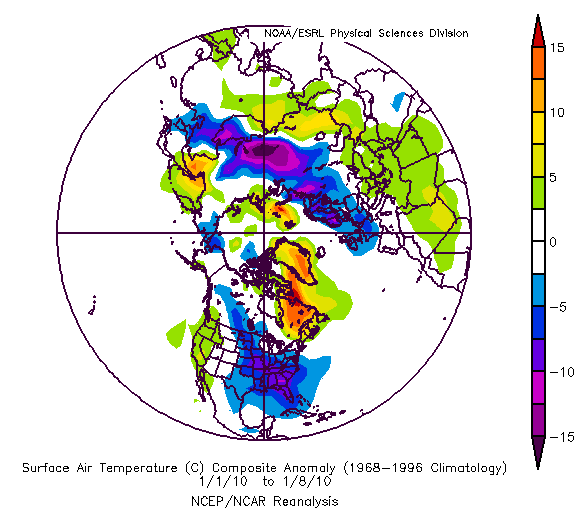
Take transit and save money! Photo by Flickr user Steve Wampler.
What would you do if you were suddenly given $10,000?
I’ve been ruminating that question since last week’s release of APTA’s monthly “The Transit Savings Report.” The report figures that a transit rider living in Los Angeles could save $10,052 a year by avoiding the costs of parking, fuel, insurance and general auto operations. In New York, the annual savings amount to $13,765. Average savings are at $9,240.
I like round numbers, so I’d settle for just $10,000 in savings. I asked some of my co-workers how they’d spend the money. One responsible respondent said she’d pay off student loans or put the money toward a down payment on a house, and another chimed in about those student loans. One said he’d buy a bicycle (my favorite notion) and put the rest into the stock market. Two said they’d devote at least a portion of the money to travel and the other half to aid Haiti—you can see why I regard my co-workers as among the kindest folks on the planet.
One of the thriftiest among the group had a list of seven options, including paying those student loans (a common obligation around here), traveling, visiting family, and buying new clothes. One would pay a year’s worth of rent, buy a season pass at Squaw Valley, and spend what’s left on exotic—and presumably low-budget—travel. Another would fix his roof. Maybe he would have had a different answer if it wasn’t raining.
There’s a trend here. Saving money by riding transit can stimulate the economy. A car that spends most of its time parked (and eating fuel when it’s rolling), can really strain a personal budget. It can prevent us from doing what we think is most important.
Not everyone has access to good transit, and lately, with transit cuts spreading across the country, access to good transit is in danger. But imagine what a difference it would make if the Senate passed a jobs bill that put a lot of new money into keeping buses and light rail running, and bus and rail drivers employed? Jobs would be saved; transit riders could continue to depend on transit; people could think about spending on things other than parking and fuel. They could replenish student loan banks, jumpstart the housing market, and help the people of an island nation that’s been devastated by an earthquake.
They could do all these things and go about their everyday travel in a way that reduces air pollution from transportation. Under perfect conditions, a full conventional bus could displace 30 to 40 carbon-fueled car trips.
The Senate hasn’t released its version of the jobs bill yet, but the House version falls short of ideal in the transportation funding area. It provides about $6 billion to urban transit, and of that, only 10 percent, or about $600 million, is available for operations. I say only because $600 million is less than one year’s worth of operations funding cut by the state legislature and governor in California during the last few years of disappointing budget deals. That’s just one state.
If Congress wants to save jobs, it needs to give a bigger share of the transportation pie to transit and allow more of it to be spent keeping transit drivers at work. Then the rest of us can start putting our annual transportation savings to work and get the economy rolling again, even as we reduce pollution.
